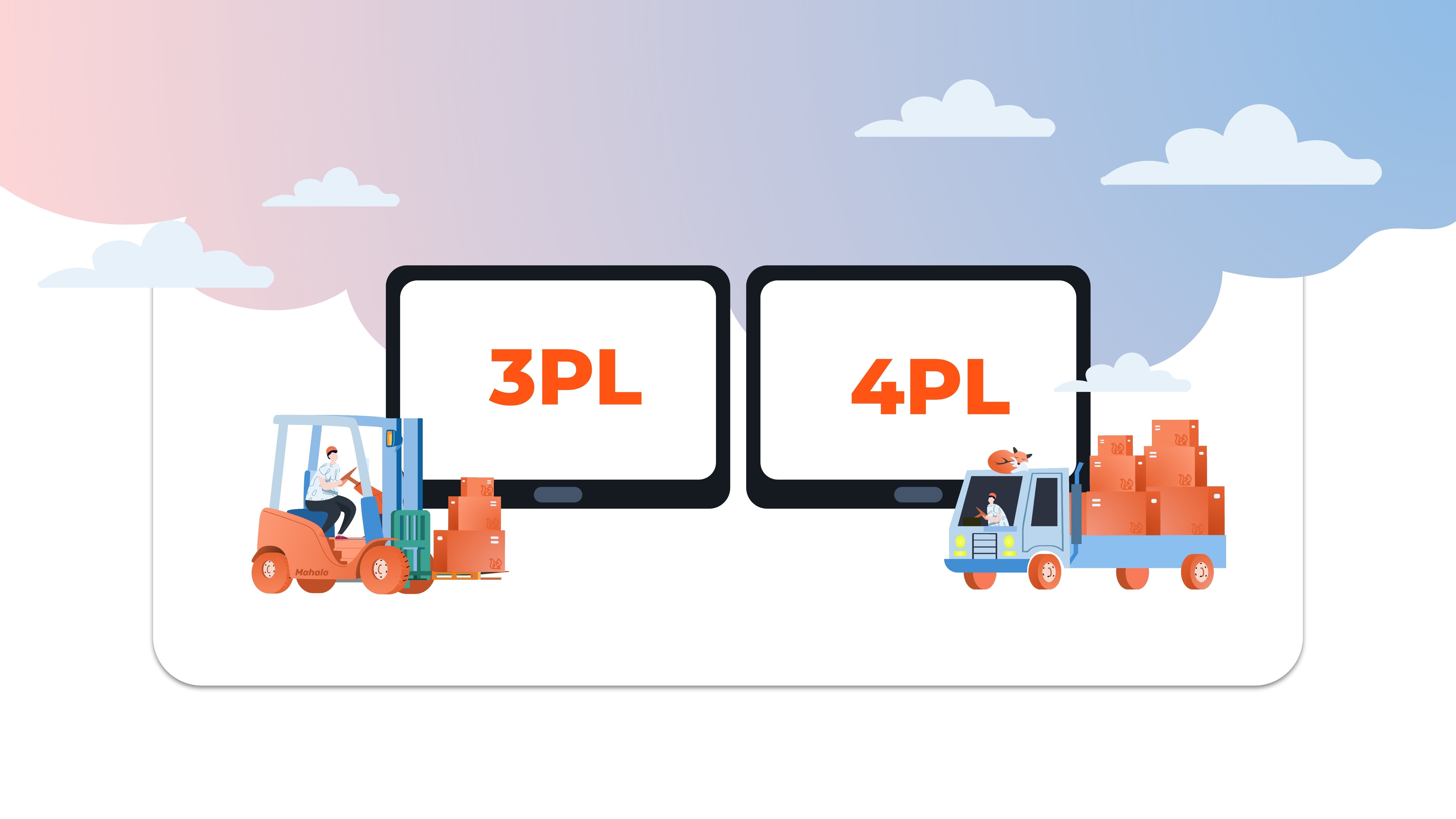Choosing A 3PL Partner: 12 Questions To Ask
If you’re looking for a company that will package and ship your products, you may be in the market for a third-party logistics (3PL) partner. But...
.png)
Choosing a 3PL partner can be difficult. Each provider may offer different services and different pricing models, making it tough to tell which one is the best deal for your business. Before you sign your contract, be sure to consider two of the major models for 3PL pricing: variable and flat rate. Understanding the pros and cons of each model will help you compare apples to apples and make the best decision for your company.
Many people think that outsourcing with a 3PL provider will be more expensive than handling their fulfillment internally. But, if you find the right fit, outsourcing can save your company not only money, but valuable time and human resources.
Partnering with a 3PL provider will allow you to spend your time on your product, your brand, and your message. Once you outsource, you will no longer need to spend time:
The right pricing model can save you time, effort, and money -- which can be invested back into your company each month.
The most common pricing model by far is the variable model. But in recent years, the flat rate or fixed model has been giving variable cost 3PLs a run for their money. Check out the pros and cons of each model before deciding which is right for you.
Variable models base their prices on the exact services rendered, and often have a dozen or more different fees depending on what they provide. Here are some of the 3PL fees and rates you might see on your bill if you opt for a variable cost provider:
With the variable rate model, you’ll pay for only the services you need, and you’ll know exactly what you’re paying for. This can be helpful for companies looking for a service provider, rather than a partner.
The downside of the variable rate model is that it adds a level of unknown to your expenses. This can be especially difficult to manage for smaller businesses where every dollar counts. You may also find that 3PL providers with variable models treat you like business, not a partner. Since you are paying for exactly what you get, they likely won’t go the extra mile unless they are paid for their efforts.
Flat rate models are exactly what they sound like. Unlike a variable plan with dozens of 3PL fees and rates, businesses pay one flat rate charge per order or month. This fee incorporates all negotiated services, which may include warehousing, fulfillment, kitting, packaging, shipping, customer service, and reverse logistics.
One of the biggest benefits of the flat rate model is that you can easily calculate what your bill will be at any point in the month, as long as you know your sales. This predictability can be a life-saver for small businesses or new businesses with thin profit margins.
This 3PL pricing model also encourages a partnership between the two companies. Partners don’t just provide a service for a charge. They encourage the growth of their partner. They want to see their partner succeed. And most importantly, they are willing to go above and beyond for their partner. This means you’re likely to get more bang for your buck from a flat rate 3PL partner.
While flat rate models are a great fit for many businesses, they can require additional time and negotiation up front. Be clear with your potential 3PL partner about your needs and your budget to ensure that you set up your partnership for success.
If you’re looking for a service provider who you can negotiate with heavily to get the price you want, a variable rate model may be right for you.
But, if you’re looking for a steady and reliable bill from a partner who will go above and beyond to help your business grow, the flat rate model may be a better fit.
.png)
If you’re looking for a company that will package and ship your products, you may be in the market for a third-party logistics (3PL) partner. But...

You have likely come across the term 3PL, but have you ever heard of a 4PL? While third-party logistics providers (3PLs) dominate the industry with a
.png)
So many companies these days start in a living room. A home office. A garage. Eventually, they begin to grow, and maybe take over a small commercial...